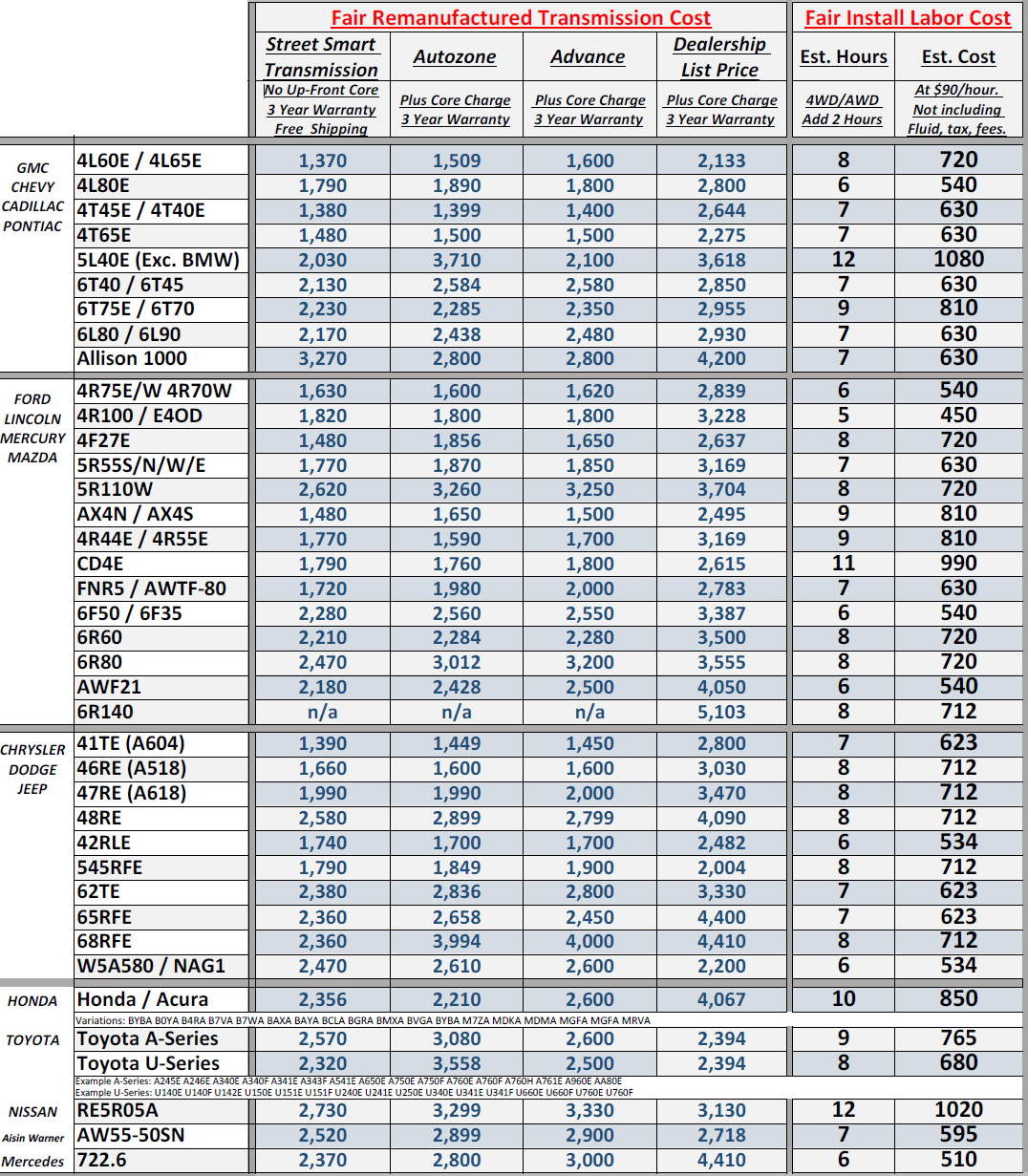This is a problem that has been known about for more than 20 years. Though it deals with the same part, there are two problems that affect it. The problem is in the reverse servo. This is the device that enables the RAM series to go into reverse. Normally, when reverse is engaged, the reverse servo sets things up so that the reverse gearing within the automatic transmission operates correctly when you put the pickup into Reverse.
Over time, there are two things that can happen to the reverse servo:
1. The reverse servo adjustment nut can break off the device
2. The reverse servo body can crack and fail
In either case, the reverse servo is unable to build enough reverse pressure so that the pickup will go backward when Reverse is selected. Instead, the reverse servo simply sits there spinning, having little effect at all.
To see if this is the problem that is affecting your RAM, one test is to let the pickup warm up thoroughly. When it is warm, put it into Reverse and listen. If you hear a faint whirring, while the pickup remains still, it means the servo is only spinning vainly as it tries to do its job. It fails to set up enough pressure in the automatic transmission fluid flow to send a stream of fluid to the reverse clutches and the gear is never activated.
The obvious fix is replacing the reverse servo. The general replacement procedure is as follows:
1. Put the pickup up on a lift, pneumatic jack or ramps
2. Loosen the transmission pan cover retaining bolts a bit
3. Apply pressure to the pan, using a piece of wood as a brace, to keep any fluid from spilling out
4. Place a bucket underneath the transmission pan
5. Finish loosening the transmission pan cover; make sure the cover is over bucket to catch spills
6. Allow the transmission fluid to drain out
7. Locate and drop the Valve Body
8. Loosen the adjustment bolt on the reverse servo
9. Move the reverse servo arm out of the way
10. Remove the retaining clip
11. The assembly should be ready for removal
12. Replace the reverse servo assembly and reverse the steps to complete this task.
There are a couple of things of which you should be aware. Before you attempt this chore, you must feel comfortable handling the tools and tasks. If you don’t feel comfortable, it is best to leave it to a trained technician (probably the best idea in the first place). If you can handle the repair, you will find the cost is between $200 and $300 for the parts. If you opt for a transmission technician, the cost will be between $600 and $800.

